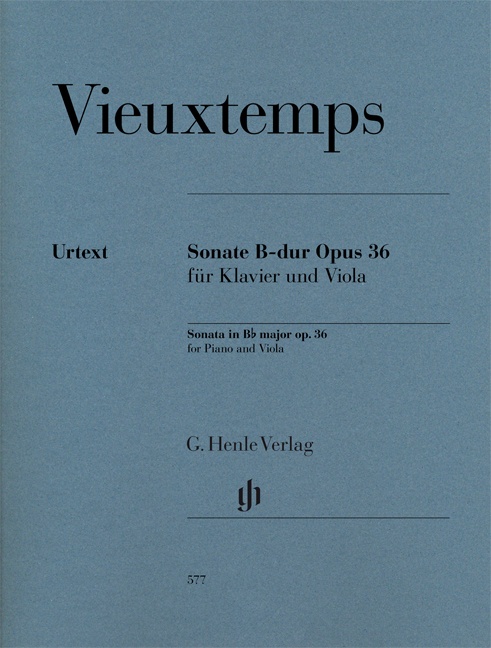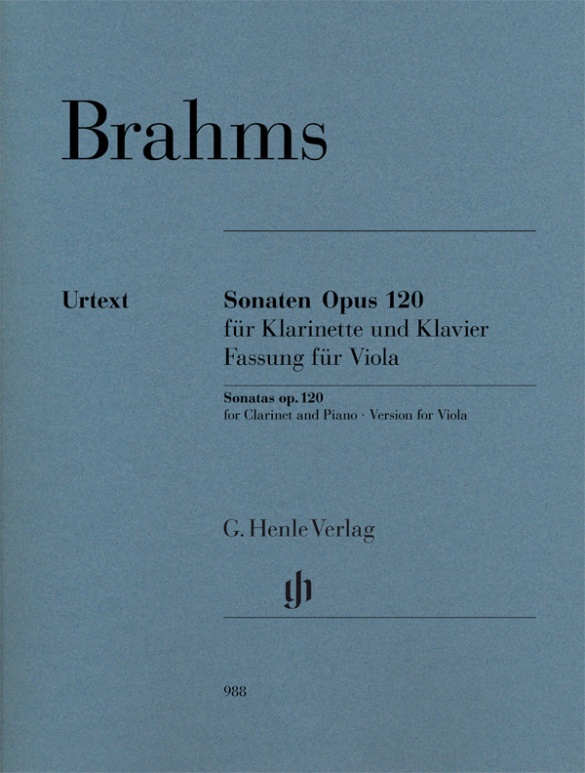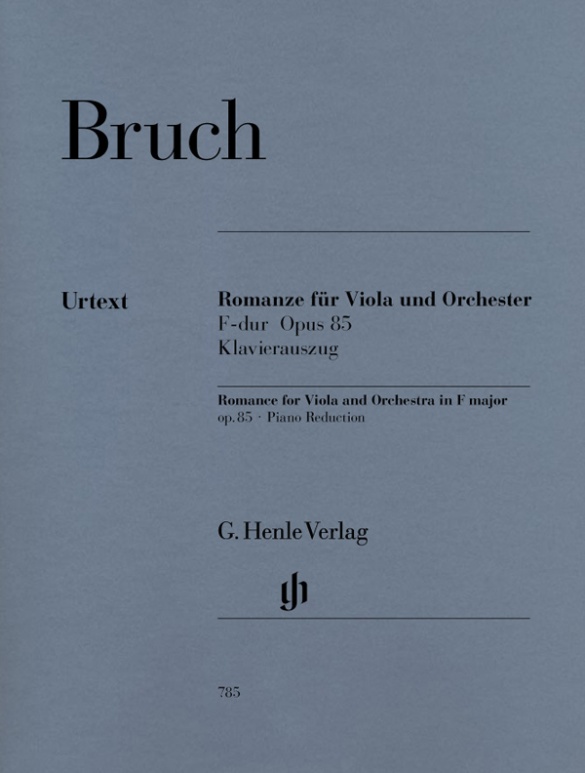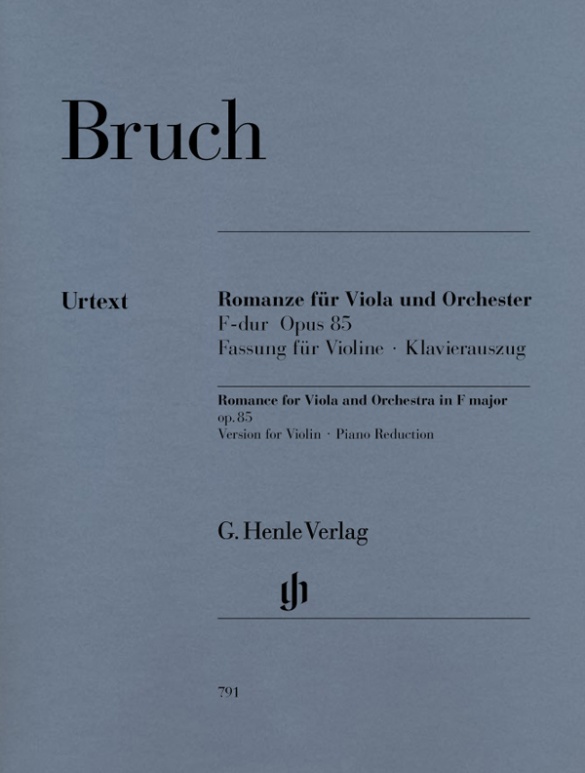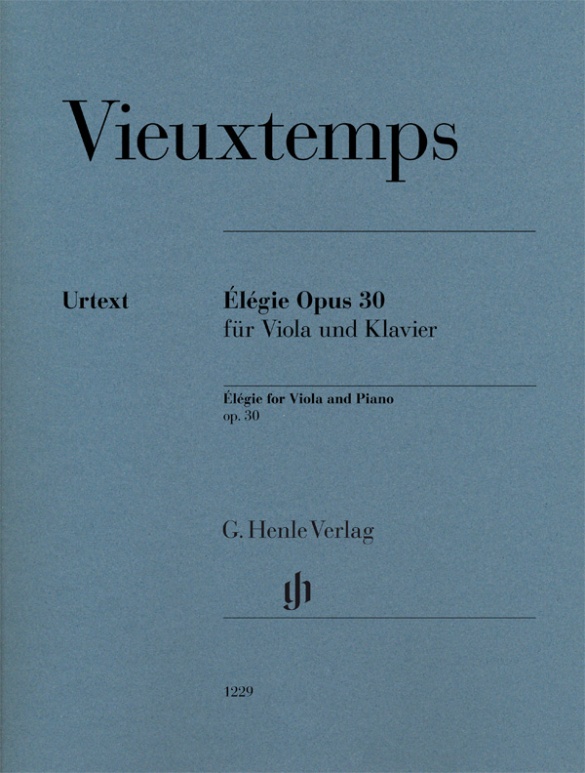

Henry Vieuxtemps
Élégie op. 30 for Viola and Piano
The peripatetic life and career of the Belgian composer Henry Vieuxtemps anticipated the European concept almost prophetically in the 19th century. The best example is his Élégie of 1848: written in St. Petersburg, it celebrated its greatest triumphs in Paris, was printed in Offenbach am Main, and enthusiastically reviewed in London. Critics were quick to note the expressive contrasts as well as the bravura style of the coda, which was “elegant and at the same time brilliant”. Following the publication of the Sonata op. 36 (HN 577), the Élégie op. 30 now takes its place among Vieuxtemps’ viola works for the first time in an Urtext edition. Tabea Zimmermann was once again entrusted with the bowings; the preface was written by the Vieuxtemps specialist Marie Cornaz.
Content/Details
About the Composer
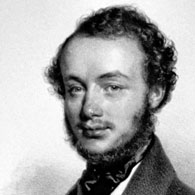
Henry Vieuxtemps
A violinist and composer of the Romantic era from Belgium who attained great international fame by his virtuosic playing. He is regarded as the most important representative of the Franco-Belgian violin school. His works include concerti for violin, viola, and cello, solo pieces, and chamber music.
| 1820 | Born in Verviers on February 17. At age four he receives violin lessons from his father, later from Joseph Lecloux-Dejonc. |
| 1827–31 | Concert tours take him to Liège and Brussels, among other places. He is accepted into Charles-Auguste de Bériot’s class. |
| 1829 | In Paris he makes his debut at the Théâtre-Italien with Pierre Rode’s Violin Concerto no. 7 in A minor, op. 9. |
| from 1831 | Decades-long concert tours throughout Europe and America help him rise to become the most popular violinist of his age. He meets important contemporaries, including Schumann, Spohr, and Bernhard Molique. He intensifies his studies with Simon Sechter in Vienna. |
| 1835–36 | He takes composition lessons with Anton Reicha in Paris. |
| 1844 | He marries Viennese pianist Josephine Eder, who frequently accompanies him at the piano. |
| 1846–50 | In St. Petersburg he is active as soloist to the Tsar and as professor at the conservatory, where he founds the St. Petersburg school of violin. He composes four violin concerti. |
| 1861 | He publishes his Violin Concerto no. 5 in A minor, op. 37, one of his best-known works. |
| 1871 | As professor at the Brussels Conservatoire he teaches, among others, Eugène Ysaÿe. |
| 1879 | He withdraws from public life for health reasons. |
| 1881 | Dies in Mustapha, Algeria, on June 6. |
About the Authors

Peter Jost (Editor)
Dr. Peter Jost, born in 1960 in Diefflen/Saar, read musicology, German and comparative studies at Saarland University in Saarbrücken. He did his PhD in 1988 with a thesis on Robert Schumann’s Waldszenen.
From November 1991 to April 2009 he was a research associate at the Richard Wagner Complete Edition in Munich, and since May 2009 has been an editor at G. Henle Publishers. His Urtext editions comprise predominantly French music of the 19th and 20th centuries, including works by Lalo, Saint-Saëns and Ravel.

Klaus Schilde (Fingering)
Prof. Klaus Schilde, born in 1926, spent his childhood in Dresden. There he was greatly influenced by Walter Engel, who taught him the piano (Kodaly method), composition and violin. From 1946–1948 he studied at the music conservatory in Leipzig with Hugo Steurer. After moving to the west in 1952 he studied with Walter Gieseking and Edwin Fischer, as well as with Marguerite Long, Lucette Descaves and Nadia Boulanger in Paris.
Schilde won numerous prizes. From 1947 onwards he gave concerts as a soloist and chamber musician on almost every single continent with renowned orchestras. He taught at the music conservatories in East Berlin Detmold, West Berlin, Munich, Tokyo (Geidai) and Weimar. From 1988–1991 he was President of the Staatliche Hochschule für Musik und Theater in Munich, where he also taught for decades as a professor. There are numerous radio and television broadcasts with Klaus Schilde as well as CD recordings. Schilde has contributed fingerings to almost 100 Henle Urtext editions.
Prof. Klaus Schilde passed away on 10 December, 2020.
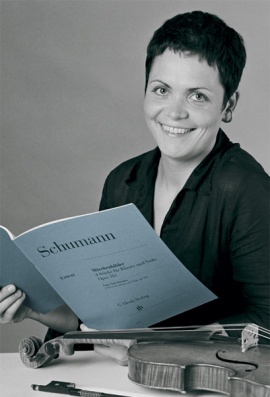
Tabea Zimmermann (Fingering and bowing for Viola)
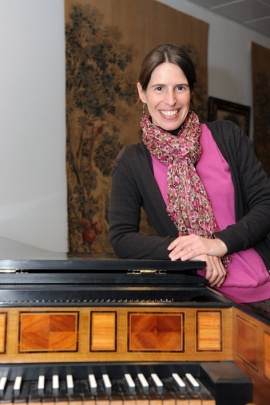
Marie Cornaz (Preface)
Marie Cornaz is the head of the music division at the Royal Library of Belgium and lecturer in musicology at the Université Libre de Bruxelles. After her doctoral dissertation on music publishing in Brussels during the 18th century, she has published on manuscript and printed musical sources kept in Belgian collections and on the history of the musicians in the Low Countries and Belgium between the 17th century and the beginning of the 20th century. She is the author of the following books: L’édition et la diffusion de la musique à Bruxelles au XVIIIe siècle (2001), Les Princes de Chimay et la musique (2002), The Dukes of Arenberg and Music in the Eighteenth Century. The Story of a Music Collection (2015) and À la redécouverte d’Eugène Ysaÿe (2019).
Product Safety Informations (GPSR)

G. Henle Verlag
Here you can find the information about the manufacturer of the product.G. Henle Verlag e.K.
Forstenrieder Allee 122
81476 München
Germany
info@henle.de
www.henle.com
This new urtext edition of the beautiful Élégie for viola by Vieuxtemps maintains the high standards of Henle's previous publications, with a supplementary viola part fingered and bowed by Tabea Zimmermann and an urtext version prepared by Peter Jost. The latter also contributes an excellent commentary regarding the original sources for this edition. Both solo parts are clearly printed in a three-page fold out format. (...) Congratulations to Henle Verlag for yet another fine publication.
AUSTA Stringendo, 2015recommendations
autogenerated_cross_selling
Further editions of this title
Further editions of this title


